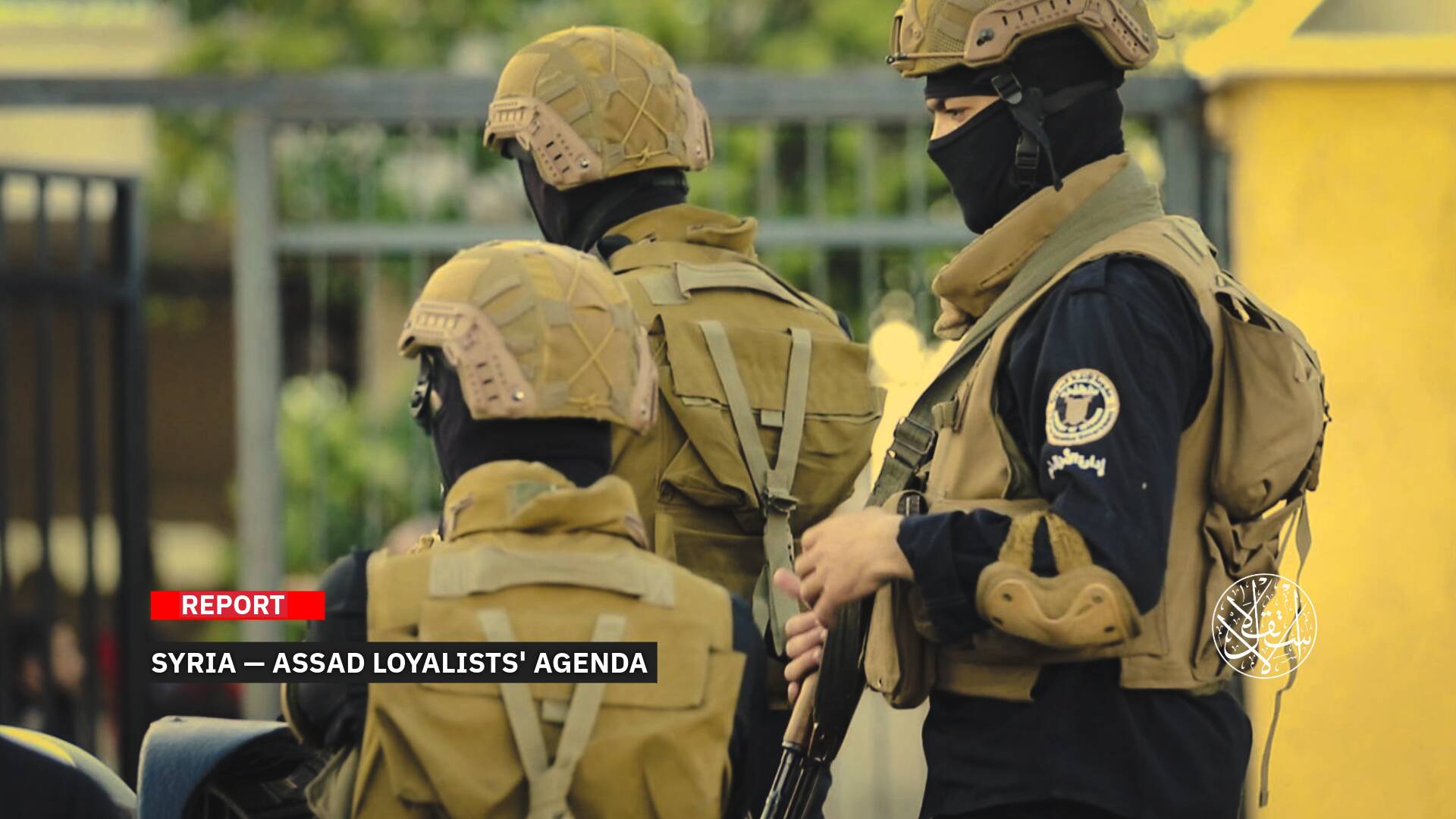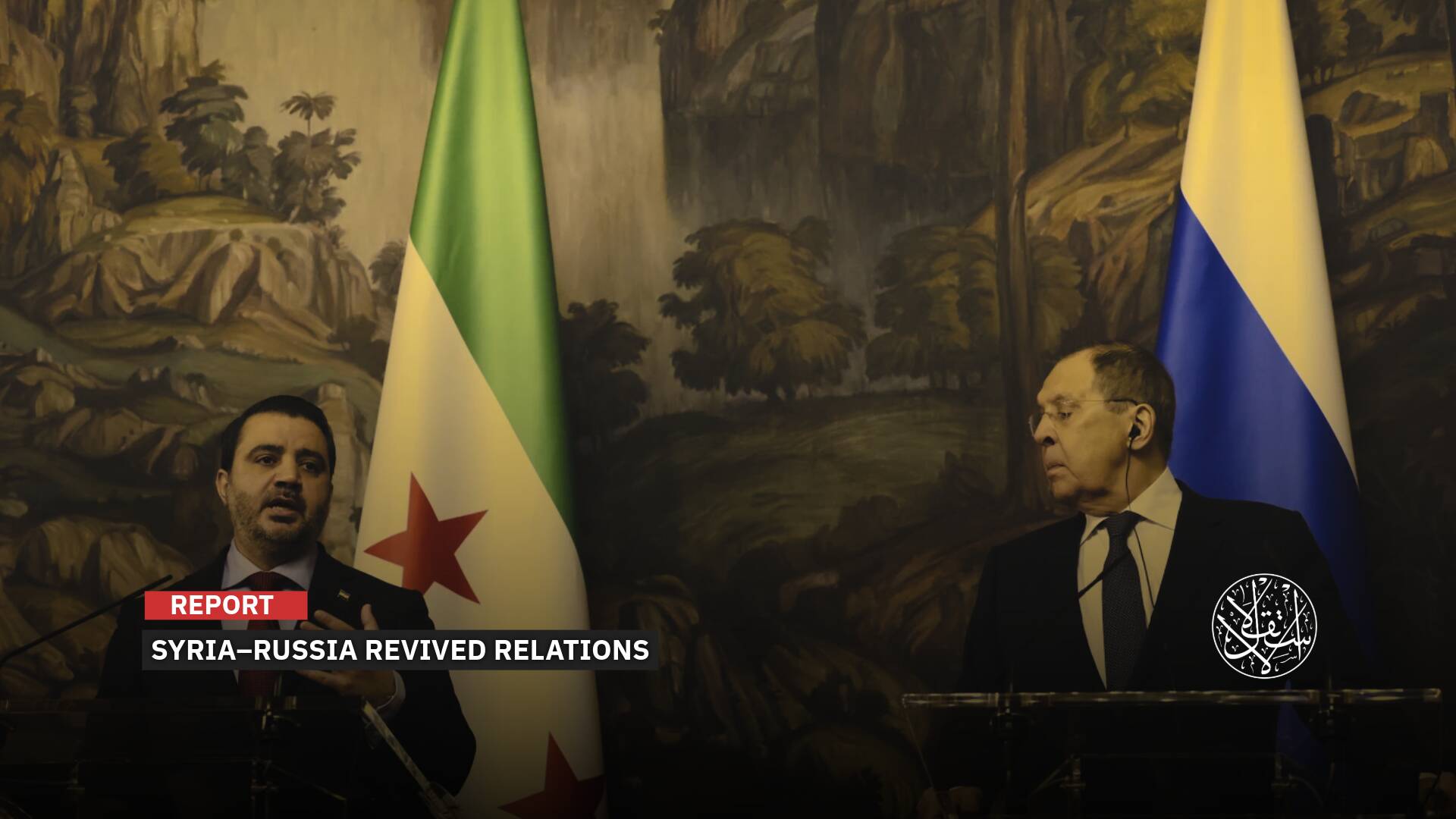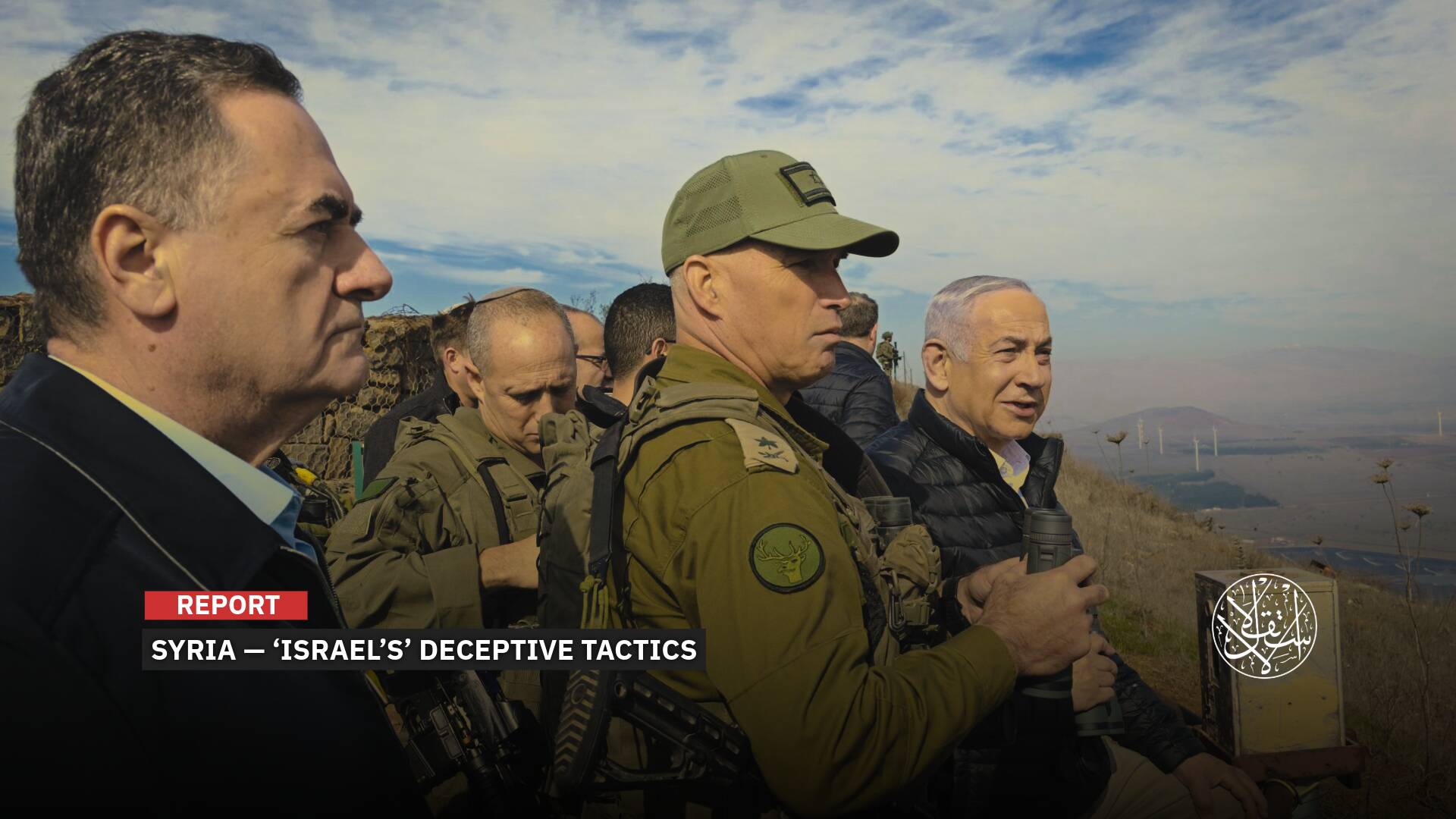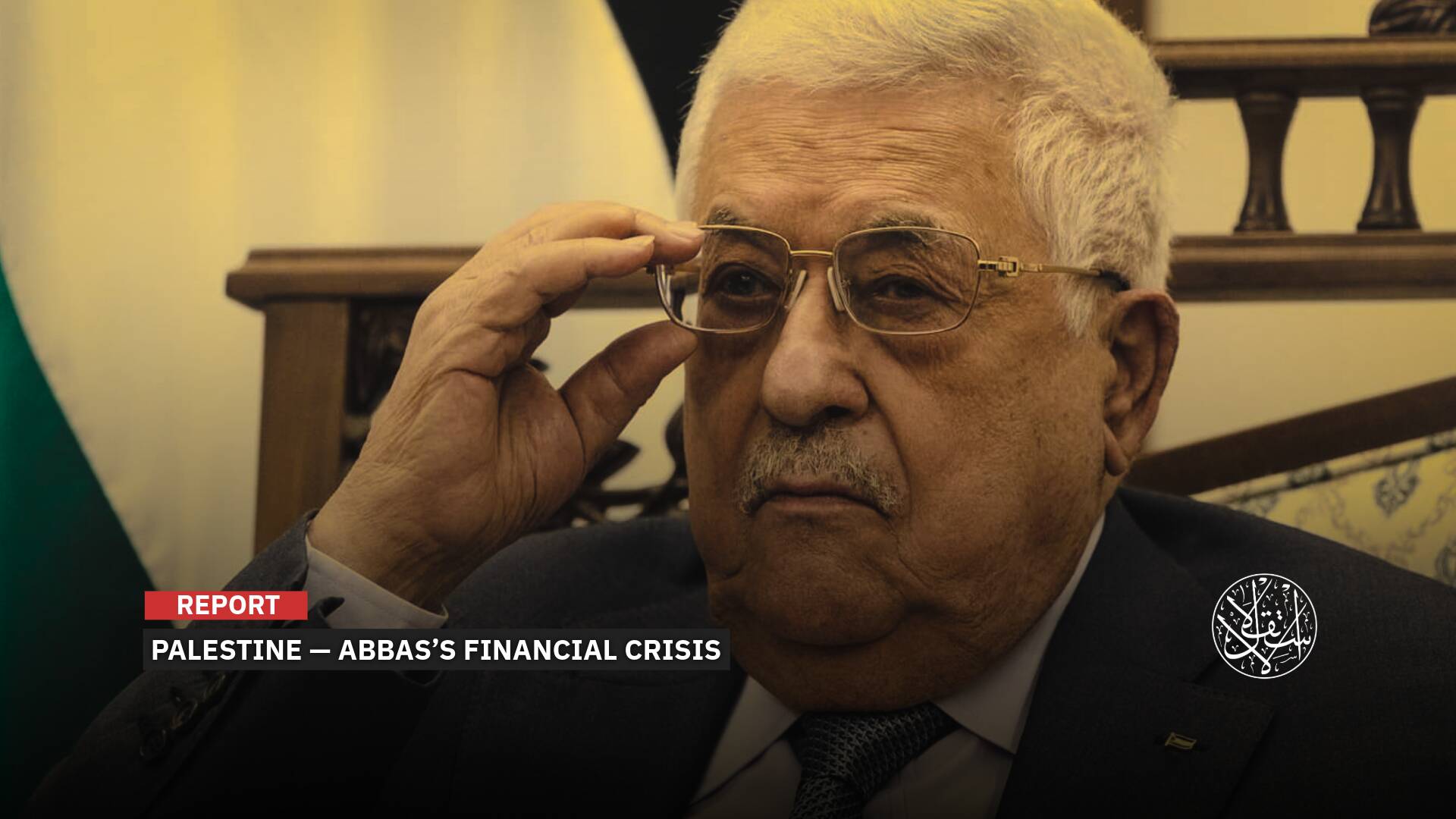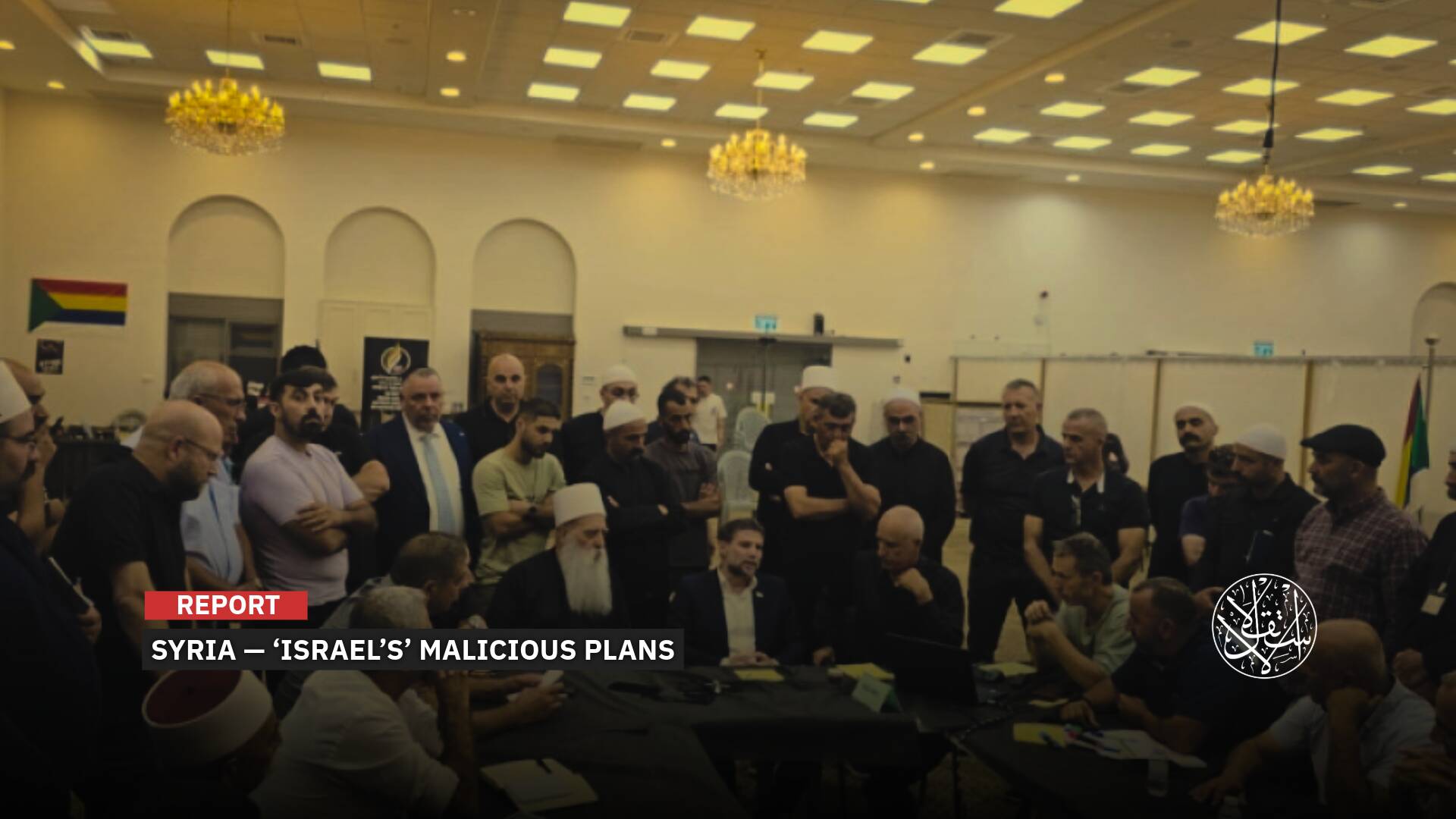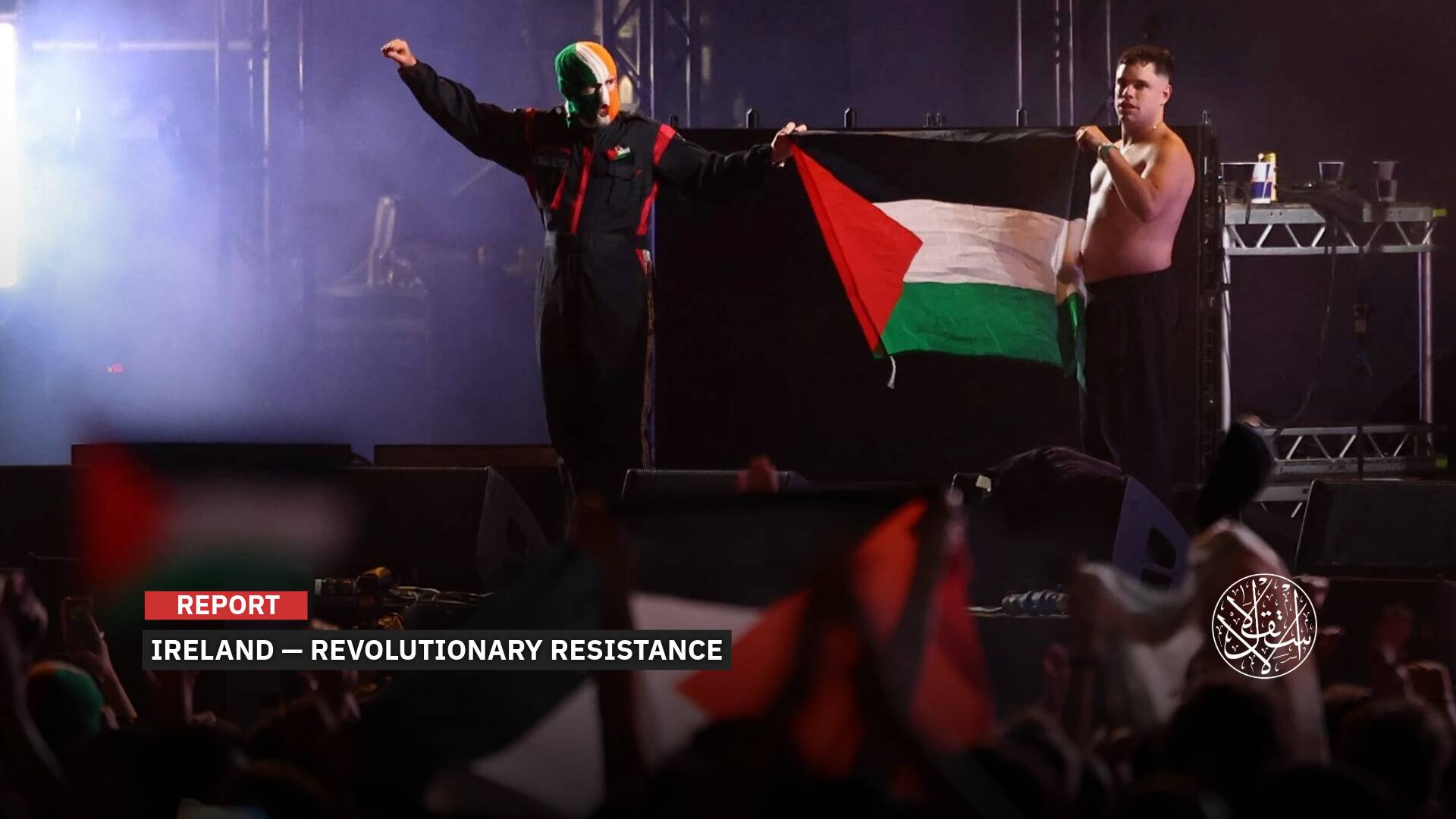Killers in Military Ranks: How Syrian Revolution Forces Target Ousted Regime Officers

Syrian businessmen have offered large financial rewards for information on the whereabouts of Assad's officers.
After the interim government in Syria took power following the fall of Bashar al-Assad's regime on December 8, 2024, the Syrian public continues to push for the prosecution of former regime officers for the crimes committed against the people.
Assad's secret escape to Russia, kept hidden even from those close to him, has forced many officers involved in the bloodshed to hide.

A Long List
Officers of the former police state, particularly those from the Alawite sect whose crimes during the suppression of the revolution that began in March 2011 were meticulously documented, have disappeared.
The new interim government has yet to release the names of senior security branch leaders and top officers accused of war crimes and crimes against humanity in suppressing the revolution.
While these officers' identities are well known to the Syrian people, the task of pursuing them now falls under the jurisdiction of the Ministry of Interior, which operates under the interim government.
Conflicting reports suggest their whereabouts may range from Lebanon and Iraq to villages in the coastal mountains of Tartus and Latakia along the Mediterranean Sea.
Nevertheless, Syrian activists have circulated a lengthy list of Assad regime officers, calling on the interim government to arrest and hold them accountable.
Ahmed al-Sharaa (Abu Mohammad al-Golani), commander of the 'Military Operations Command—the body overseeing opposition factions that united on November 27, 2024, to overthrow Assad—announced that the interim government would soon publish a “first list of senior officials implicated in torturing the Syrian people” to begin pursuing and prosecuting them.
In a statement published on Telegram on December 10, 2024, al-Sharaa emphasized that the incoming government would offer “rewards to anyone providing information about senior army and security officers involved in war crimes.”
“We will not hesitate to hold accountable criminals, murderers, and army and security officers complicit in torturing the Syrian people. We will hunt down war criminals and seek their extradition from the countries where they have fled to ensure they face justice.”
“We remain committed to forgiving those not tainted by Syrian blood, including conscripts in mandatory service. Yet, the blood of innocent victims and the rights of detainees will never be ignored or forgotten,” he added.
Immediately, questions arose regarding the whereabouts of Maher al-Assad, Bashar al-Assad’s 57-year-old brother and the commander of the ‘4th Armored Division,’ a key unit of the regime’s army. Officers from this division were among the first to carry out brutal massacres and crackdowns on protesters during city incursions aimed at crushing the revolution.
Maher al-Assad, identified as the mastermind behind the drug trade between Lebanon and Syria, is reported to have fled first to Iraq and then to Russia, though Moscow has not officially confirmed this. Unlike Bashar al-Assad, whose asylum in Russia was publicly acknowledged, Maher’s fate remains uncertain.
The first name raised by locals demanding accountability was Brigadier General Osama Mohammed al-Ali, the former director of Sednaya Prison near Damascus. Born in 1971 in the Safita area of Tartus, al-Ali is now among the most wanted fugitives of the regime.

The notorious Sednaya Prison, established in 1987, has been the site of horrific crimes against detainees since the time of the late President Hafez al-Assad. Amnesty International described it as a “human slaughterhouse.”
Following the revolution, executions and torture leading to death were carried out against protesters in the prison. When some detainees were freed at dawn on December 8, families discovered corpses of prisoners and a metal press used to extract bodily fluids, making it easier to transport and bury them in mass graves at unknown locations.
Brigadier General Osama Mohammed al-Ali managed Sednaya Prison from 2010 until 2014. He was reinstated as its director on March 15, 2020, and remained in that position until Assad’s fall.
Another officer the Syrian people have urgently called to be apprehended is Suheil al-Hassan, known as “The Tiger.” Once Russia’s top ally in Syria and commander of the “25th Special Tasks Division,” al-Hassan is infamous for his brutality.
Al-Hassan, who once declared that “Bashar al-Assad is God’s messenger in this era,” has been accused of committing numerous war crimes against Syrians over the past decade. His military operations followed a “scorched-earth” strategy to retake cities that had slipped from regime control.
Born in 1970 in the village of Beit Ghana in rural Lattakia, al-Hassan comes from an Alawite family, the same sect as the regime’s leadership. He is one of the key figures held responsible for the atrocities in Eastern Aleppo in 2016, which resulted in the deaths of approximately 1,370 civilians.

Adding to his bloody record, Suheil al-Hassan is notorious for dropping barrel bombs from helicopters on residential homes and markets in opposition-held areas, resulting in the deaths of thousands of civilians.
Due to the brutality of al-Hassan and his forces, Syrian businessmen have offered large financial rewards for information leading to his whereabouts, as well as those of Colonel Duraid Awad, commander of the artillery forces in the “Tiger Force” from al-Rabiah in rural Hama, and Brigadier General Younis Mohammed, al-Hassan’s deputy from Safita in rural Tartous.
Also on the list of those wanted for justice is Assad’s former security advisor and head of the National Security Bureau, General Ali Mamlouk.
General Mamlouk is directly responsible for the crimes committed by members of the General Intelligence Directorate from the start of the revolution in 2011 until July 2012.
From his appointment to the National Security Bureau in 2012 until early 2024, Mamlouk oversaw five of the regime’s security agencies, all of which were involved in arresting and torturing opponents of Assad’s fallen regime.

Behind the Tadamon Massacre
General Hossam Luka, head of Syria's General Intelligence Directorate since July 2019 by decree from the ousted Assad, remains among the most pursued figures.
Luka, a Circassian from the town of Khanasir in eastern Aleppo, is responsible for massacres carried out under his orders in Hama in 2011 to suppress protests while he served as head of the Political Security branch there. This is documented in the book The Blacklist published by Pro Justice, which details the names of Assad’s officers.
Luka also played a major role in forcibly displacing Syrians, beginning with the evacuation of civilians from Old Homs neighborhoods in May 2014—considered the first major wave of displacement toward northern Syria—and continuing this strategy in Daraa in 2018.
As for the military intelligence officer falsely reported to have been arrested after Assad's fall, he is Amjad Yousef, the man behind the Tadamon Massacre. Born in 1986 in the village of Nabe Eltib in Ghab Plain in rural Hama, Yousef's crimes were captured in widely circulated images that surfaced following the regime's collapse.

Amjad Yousef executed a mass killing of 41 civilians in April 2013 in a Damascus neighborhood using his personal weapon.
In a heart-wrenching scene, a video published by The Guardian on April 27, 2022, revealed the horror. Yousef dug a large pit within the “Daaboul buildings” in the Tadamon neighborhood, tied the hands of civilians, blindfolded them, and tricked them into believing they were being relocated. He told them to run to avoid a sniper, only to shoot them as they fell into the pit.
Once the executions—captured on video—were complete, the perpetrators stacked car tires over the bodies, doused them with fuel, and set them on fire, laughing as they did so.
This heinous crime, carried out by Amjad Yousef, shocked public opinion locally, regionally, and globally due to the brutality inflicted on Syrian civilians and Palestinian refugees living in the area.
Syrians have called for the arrest of General Jamil Hassan, born in 1952 in the town of al-Qarniyah in rural Homs, to an Alawite family. He is blamed for the devastating idea of barrel bombs, which destroyed entire cities and killed thousands.
As the head of the Air Force Intelligence Directorate from 2009 to 2019, Hassan emerged as a key figure in the regime's crackdown during the peaceful protests of 2011. He was heavily involved in arbitrary arrests, extortion, theft, torture, the killing of demonstrators, and the assassination of national figures.
General Jamil Hassan is widely accused of masterminding the use of barrel bombs, a devastating weapon deployed by the regime to strike civilians and opposition-held areas. These brutal attacks claimed thousands of Syrian lives and forced mass displacement, leaving a trail of destruction and despair in their wake.

Barrel bombs, notorious for their lethal and indiscriminate nature, are packed with makeshift explosives combined with metal fragments and nails. Military experts estimate their weight to range from 150 to 600 kilograms, making them a devastating weapon of war.
These weapons are cheap to produce, easy to manufacture, and carry immense destructive power—equivalent to roughly seven mortar shells per barrel. Dropped indiscriminately by helicopters, they devastate residential neighborhoods.
According to the opposition-affiliated Syrian Network for Human Rights, the regime dropped nearly 82,000 barrel bombs over nine years, from their first recorded use in July 2012 to April 2021. These attacks resulted in the deaths of 11,087 civilians, including 1,821 children.

Transitional Justice and Accountability
The name of Major General Yassin Dahi, head of Far' Falastin (Branch 235), a notorious prison run by Syrian intelligence on the southern ring road in Damascus, has also surfaced in recent discussions.
For years, Far' Falastin, established in 1969, has been one of the most notorious detention centers under the Assad regime, both father and son. It has witnessed widespread human rights violations against detainees, including daily torture, most of which ended in death.
Since the fall of the Assad regime was announced, Syrians have begun publishing the names of heads of security branches, detention centers, and Assad officers, along with their crimes, hoping that justice and accountability will be served to all those involved in killings, torture, war crimes, and crimes against humanity.
In the months before the regime's collapse, human rights organizations and networks gathered documents and testimonies that exposed the actions of these officers. The reports detailed orders to open fire on protesters, widespread torture in prisons, killings, and field executions carried out during assaults on cities.
In this context, Brigitte Hermans, a researcher in transitional justice and accountability in Syria at the Human Rights Center of Ghent University in Belgium, said, “There is finally a transitional process in Syria. The Assad regime has fallen, and the opposition has declared its commitment to democratic principles. We hope this will happen. For the first time in history, local trials will be possible in Syria.”
“Syrian actors, human rights defenders, and lawyers have always emphasized the need for local trials to ensure proper accountability,” Hermans told Anadolu Agency.
“It is the place where the crimes were committed, and we will witness local trials in Syria against Assad's supporters and military militias.”
Hermans also explained that “legal procedures against the Assad regime have begun at the International Court of Justice.”
“Canada and the Netherlands have called for arbitration over the Assad regime's widespread use of torture against its citizens. Despite the regime's ratification of the Convention Against Torture and Other Cruel, Inhuman, or Degrading Treatment or Punishment, the court ordered an end to these abuses. The regime, however, rejected the decision and criticized the ruling.”
Hermans noted that “there is an investigation committee within the United Nations and the International, Impartial and Independent Mechanism [IIIM] in Syria to investigate crimes in Syria.”
“This is a large database, which preserves all evidence of crimes committed by the Syrian regime, and this evidence has also been used to present cases under universal jurisdiction.”
Sources
- Syria: Scenarios for the Trial of the Assad Regime after its Fall [Arabic]
- French judiciary charges Ali Mamlouk and Jamil Hassan with killing and torturing Syrians[Arabic]
- US court charges former Syrian prison director with torture [Arabic]
- During his rule, the Assad regime used 72 methods of torture in 50 detention centers [Arabic]


